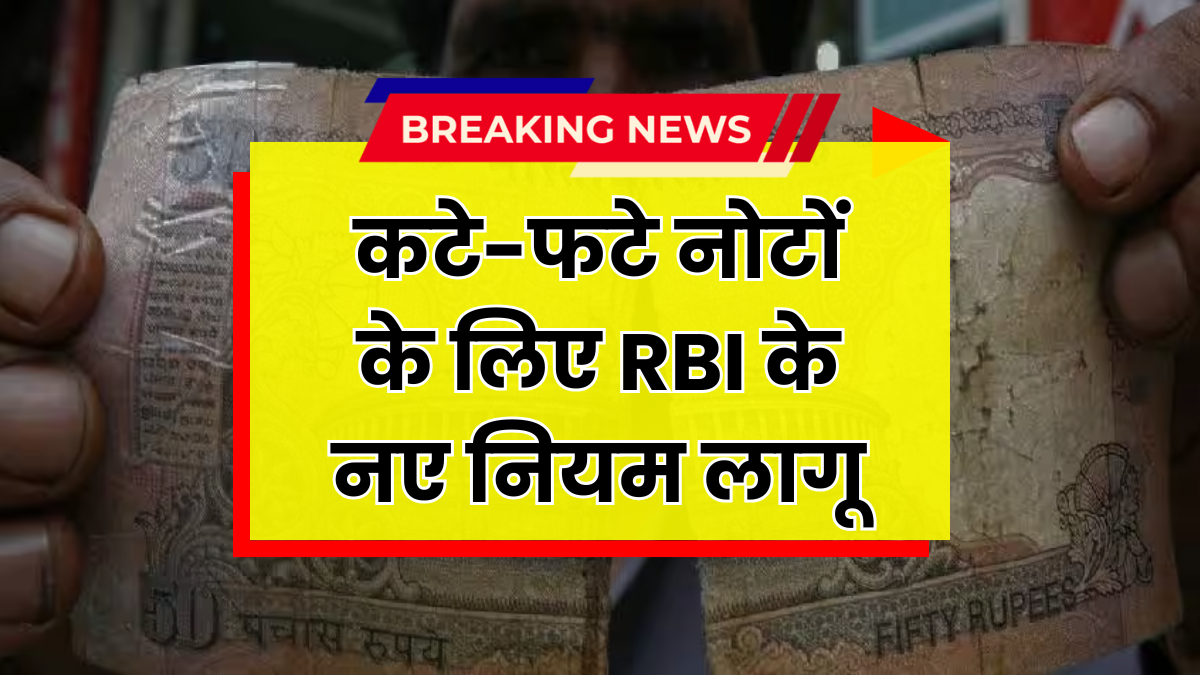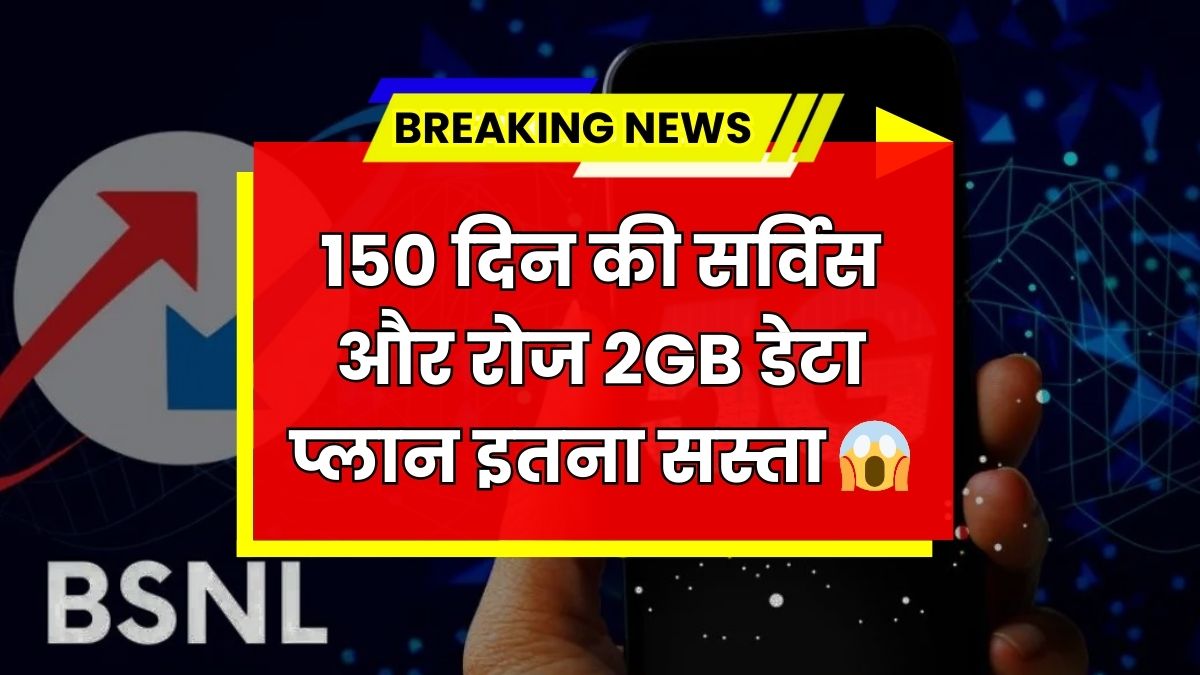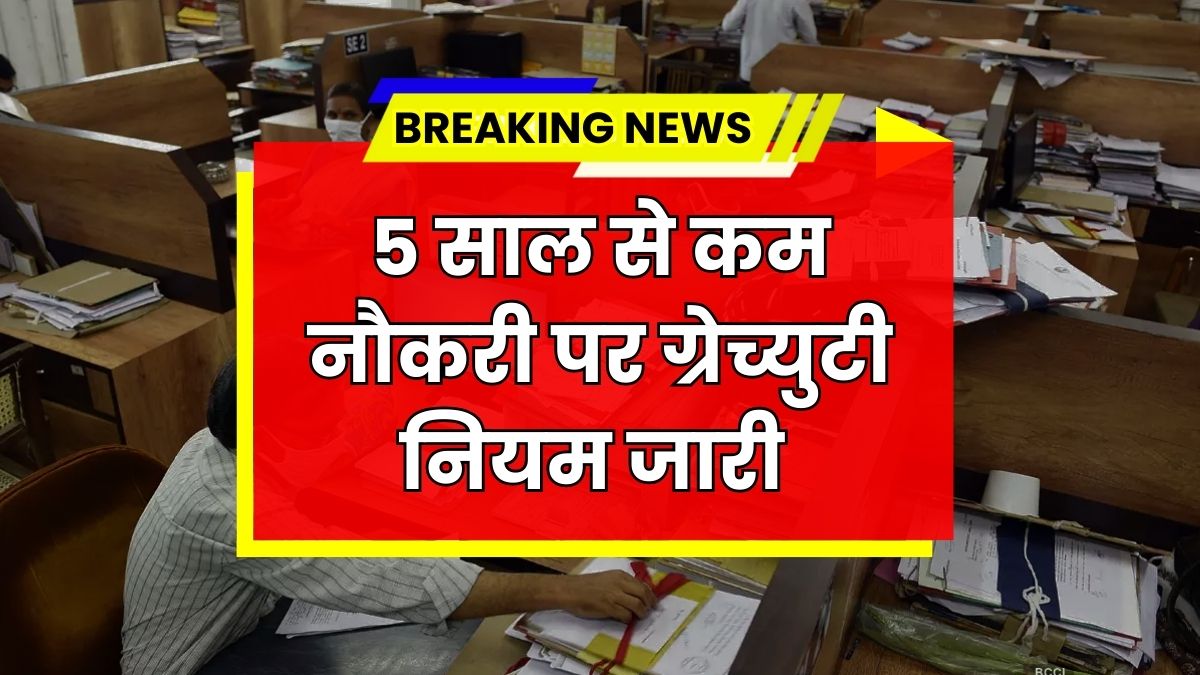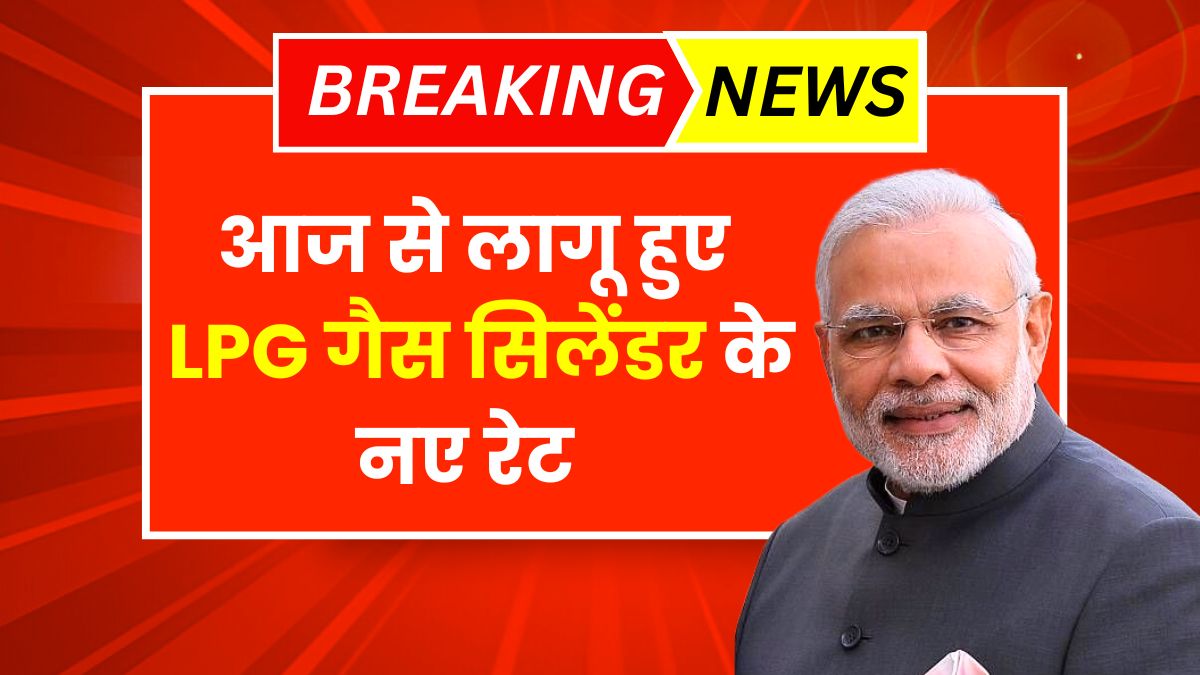Many people in the U.S. are talking about a possible fourth $1400 stimulus check, especially on social media. With rising living costs and financial pressure, this rumor has raised hope. But as of May 2025, the federal government has not confirmed any new stimulus payments. Let’s look at the facts, what help is still available, and what you can do next.
No Federal Fourth Stimulus Confirmed
The IRS has clearly said there is no plan for a new federal stimulus check in 2025. The first three stimulus payments were given in 2020 and 2021. These came from the CARES Act and the American Rescue Plan.
-
The third round gave $1400 to eligible people.
-
So far, the government has not announced a fourth round.
While many social media posts claim another $1400 is coming, these are not true. The IRS warns everyone to avoid believing in such rumors unless it comes from an official source.
Unclaimed $1400 From 2021 Still Available
Here’s some good news: If you didn’t get your $1400 stimulus in 2021, you still have time to claim it.
-
This payment is called the Recovery Rebate Credit.
-
You must file a 2021 tax return to get the money.
-
The deadline to file is April 15, 2025.
According to the IRS:
-
Around 1.1 million people have not claimed their money.
-
About $1 billion in payments is still unclaimed.
-
If you don’t file by the deadline, you’ll lose the chance forever.
Even if your income was low and you usually don’t file taxes, you must file a 2021 return to get this credit.
Who Can Still Get the $1400 Payment?
To qualify for the 2021 Recovery Rebate Credit:
-
You must have filed or will file a 2021 tax return.
-
Your income in 2021 should be:
-
Less than $75,000 for single filers
-
Less than $150,000 for married couples filing jointly
-
-
You must have a valid Social Security number.
-
You cannot be claimed as someone else’s dependent.
Payments reduce as income increases, and they completely stop at $80,000 (single) or $160,000 (joint).
State Programs Are Helping
While the federal government isn’t sending a new check, some states are giving out their own payments. Here are a few examples:
| Program | Who Can Get It | Deadline | Amount |
|---|---|---|---|
| Recovery Rebate Credit | 2021 AGI ≤ $75,000 (single) / $150,000 (joint) | April 15, 2025 | Up to $1400 |
| CA Family First | Low-income families in Sacramento | Ongoing | $725/month |
| MN Tax Rebate | 2024 tax filers with low/moderate income | Varies | Up to $1400 |
Other states like New Jersey and Colorado also have targeted programs to help seniors, low-income earners, or families with children.
How to Claim Your Stimulus or State Payment
For unclaimed federal payments from 2021:
-
File your 2021 tax return using IRS Form 1040 or 1040-SR.
-
Use the IRS’s “Get My Payment” tool or sign in to your IRS online account to check the status.
-
Look for IRS letters if you already filed but haven’t received the payment.
For state payments:
-
Visit your state’s Department of Revenue website.
-
Read the eligibility rules carefully.
-
Make sure to avoid scams—never give out personal info through links or messages from unknown sources.
What’s Next for Stimulus Checks?
At the moment, the federal government has no plans for another stimulus check. But many Americans are still struggling with high prices for food, rent, and fuel. As a result, some lawmakers are calling for more federal help.
It’s possible that pressure will increase over the next few months. But until any official announcement is made, you should:
-
Ignore online rumors without government confirmation.
-
Claim any money you missed from past stimulus checks.
-
Apply for state-level aid if you qualify.
Final Thoughts
While there is no fourth federal stimulus right now, you might still be eligible for money from the 2021 payment or state relief programs. Don’t miss out—check your IRS account, file your 2021 tax return, and explore your state’s assistance programs. Stay informed and act fast before deadlines pass.
Disclaimer: This article is for informational purposes only and does not guarantee any payment or government approval. Always refer to official IRS or state websites for the latest updates and eligibility criteria.









